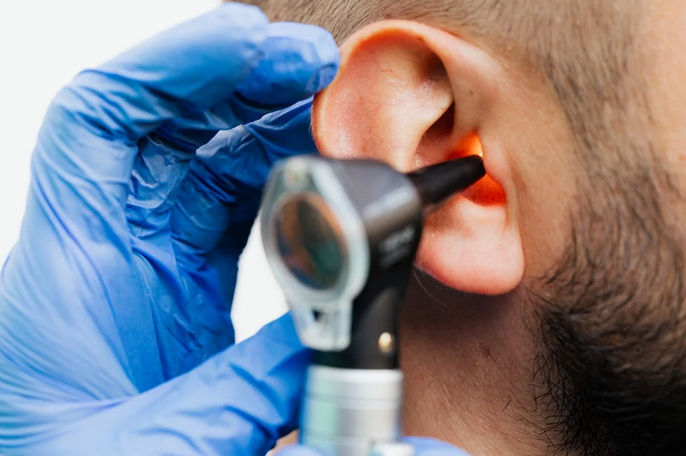Most Common Types of Ear Infections and How to Deal With Them

If you’re anything like me, you’ve had your fair share of ear infections. In fact, according to the National Institute on Deafness and Other Communication Disorders, adults have an average of three episodes of acute otitis media (ear infection) per year. Yikes. The number might be even higher if you’re a child, as one in 10 kids will have at least one episode of otitis media before the age of two. So what are the most common types of ear infections, and how do we deal with them? Keep reading to find out and learn how to deal with them.
Outer Ear Infections
Also known as swimmer’s ear, Otitis Externa is an outer ear infection usually caused by bacteria and/or fungi. It’s most common in warmer months when people swim or dive in water that contains excess dirt or bacteria. You can recognize symptoms like itching inside the ear, redness, swelling, pain, and discharge from the ear. Treatment includes prescribed antibiotic drops, pain relief medicine, and keeping the affected area dry. Not only will this help it heal faster, but it can also reduce the chance of a recurrence.
Middle Ear Infections
The most common type of ear infection is Acute Otitis Media (AOM), an inner ear infection caused by bacteria or a virus. Symptoms include ear pain, fever, pulling at the ears, hearing loss, and fluid drainage from the ear. Treatment usually involves antibiotics, pain relief medicine, decongestants, and maybe even a course of steroids. In some cases, surgery may be necessary to treat the infection. According to experts from the American Academy of Pediatrics, most cases of AOM can be cleared up within a week to 10 days.

Inner Ear Infections
Also known as Labyrinthitis, inner ear infections are caused by viruses and bacteria that irritate the structures of the inner ear. Common symptoms include dizziness, vertigo (a spinning sensation), loss of balance, and ringing in the ears. Treatment for inner ear infections can include antibiotics, pain relief medicine, and anti-nausea medications to help manage the symptoms. In some cases, physical therapy may be necessary to help regain balance and coordination.
Infectious Myringitis
Another common type of ear infection is infectious myringitis, which is caused by bacteria or a virus. Symptoms include redness and swelling on the eardrum, as well as pain and hearing loss. Treatment typically involves antibiotics, steroidal drug therapy, and possibly even surgery if the inflammation has spread to other parts of the ear. Without treatment, the infection can spread to other parts of the body and even become life-threatening.
Now, how do you know when it’s time to see a doctor or go to the hospital? Anytime you experience pain in your ears, especially if it is accompanied by fever and drainage from the ear, it is more than important to seek medical help. Additionally, any symptoms of dizziness or vertigo should be evaluated by a healthcare professional immediately. Quitting smoking and avoiding swimming in polluted water can help reduce the risk of developing an ear infection in the first place.

